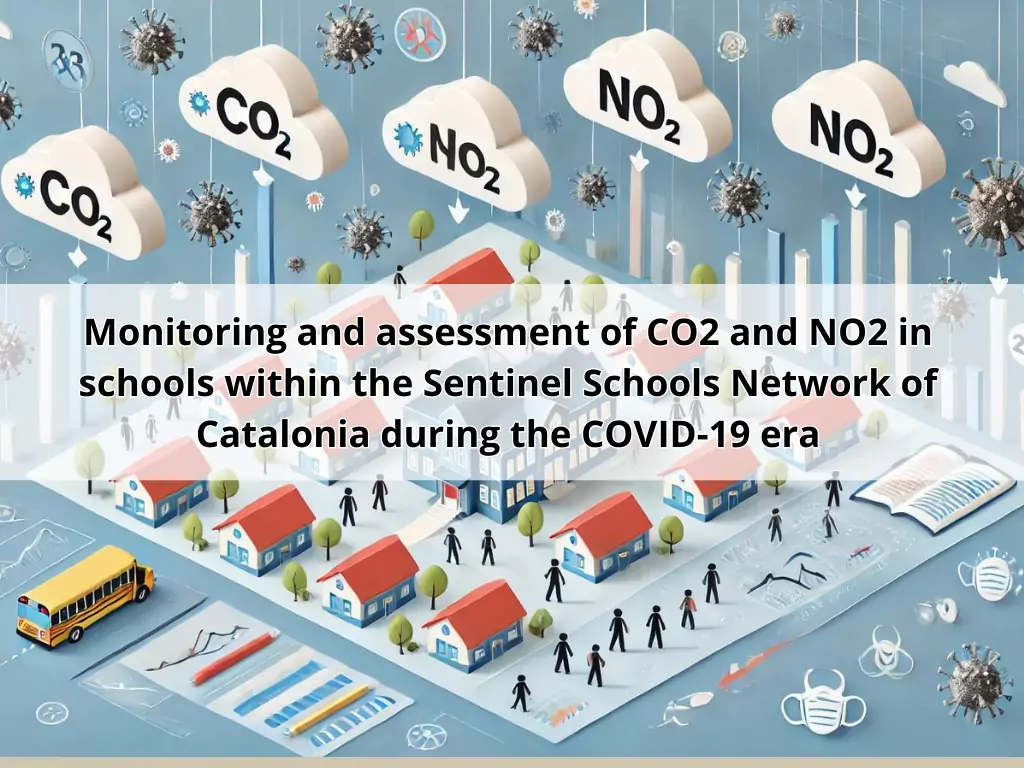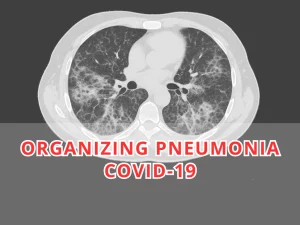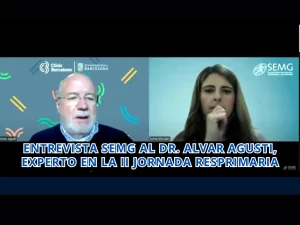Monitoring and assessment of CO2 and NO2 in schools within the Sentinel Schools Network of Catalonia during the COVID-19 era

Importance of Classroom Ventilation: Insights from the COVID-19 Sentinel Schools Network of Catalonia
In response to the global impact of the COVID-19 pandemic, international and national authorities, including those in Catalonia (Spain), recognized the crucial need to ensure proper ventilation in classrooms, emphasizing the importance of safe and healthy indoor environments for face-to-face learning.
Monitoring CO2 and NO2 in Catalonia Schools: A Study by the COVID-19 Sentinel Schools Network
The present work, conducted within the COVID-19 Sentinel Schools Network of Catalonia (CSSNC) framework, aimed to monitor carbon dioxide (CO2) and nitrogen dioxide (NO2) concentrations in 23 schools, ensuring a comprehensive sample regarding educational levels, daily scholar schedules, and classroom typologies distributed across the four provinces of Catalonia.
The research spanned three study periods: March and April 2021, October 2021 to January 2022, and March to June 2022.

Air Quality Findings: CO2 and NO2 Levels in Catalonia Schools During the COVID-19 Era
Briefly, 28%, 25%, and 37% of classrooms surpassed the 700 parts per million (ppm) CO2 limit in each study period, respectively.
Generally, CO2 averages were lower in preschool classrooms (mean ± SD = 486 ± 106 ppm), while high school classrooms displayed the highest CO2 concentrations (mean ± SD = 710 ± 253 ppm).
Moreover, classrooms in towns (<30000 inhabitants) exhibited higher CO2 levels as compared to classrooms from schools located in cities. As for NO2, the highest averages were obtained in urban areas, particularly in the Barcelona metropolitan area (e.g. mean indoor levels of 24.56 μg m−3 as compared to 11.05 μg m−3 in towns).
In addition, the Indoor/Outdoor ratio (I/O ratio) in towns was the lowest (0.60). These results, together with the higher concentration of CO2 indoors, could indicate poorer ventilation in town schools.
Conclusions: Improving Indoor Air Quality in Schools: Evidence from the COVID-19 Sentinel Schools Network of Catalonia
The results of this study are anticipated to contribute to implementing evidence-based measures to improve indoor air quality (IAQ) in educational settings.
Authors
Maria Subirana, Jordi Sunyer, Andreu Colom-Cadena, Anna Bordas, Jordi Casabona, Mireia Gascon
Read more details at
Categorías asociadas al artículo
Noticias relacionadas

Organizing pneumonia in hospitalized COVID-19 patients: risk factors and long-term outcomes
Study analyzing risk factors and one-year outcomes of organizing pneumonia in COVID-19 hospitalized patients, evaluating the impact of corticosteroid treatment at different doses.

II edición RESPrimaria, 7 de mayo de 2025
No te pierdas la II edición RESPrimaria el próximo 7 de mayo. Inscríbete en formato Streaming o solicita tu invitación presencial. ¡Plazas limitadas!

Entrevista SEMG al Dr. Alvar Agusti, Experto en la II Jornada Resprimaria
Descubre los avances en el diagnóstico y tratamiento de la EPOC con el Dr. Alvar Agustí en la II Jornada SEMG Resprimaria. Conoce la importancia de la espirometría, la detección precoz y las nuevas estrategias terapéuticas.
Artículos
COVID19
- 20220307·Cruz, T., et al., SARS-CoV-2 T-cell response in COVID-19 convalescent patients with and without lung sequelae. ERJ Open Research, 2022. 8(1): p. 00706-2021
- 769491·Tamara Cruz, Núria Mendoza, Gema M Lledó, Lídia Perea, Núria Albacar, Alvar Agustí, Jacobo Sellares, Oriol Sibila, Rosa Faner. Persistence of a SARS-CoV-2 T-cell response in patients with long COVID and lung sequelae after COVID-19
- 778991·Mona Bafadhel, Rosa Faner, Camille Taillé, Richard E.K. Russell, Tobias Welte, Peter J. Barnes and Alvar Agustí. Inhaled corticosteroids for the treatment of COVID-19
- 779199· Bartolome Celli et al. Definition and Nomenclature of Chronic Obstructive Pulmonary Disease: Time for Its Revision
- 779385·Alvar Agustí, Esther Pallisa, Domingo Escudero, Manel Escobar. Propuestas JANUS para la mejora de la experiencia de la persona atendida en consultas externas
Imagen pricipal desarrollada DALL·E y Canva. Incluye imagen extraída del artículo
